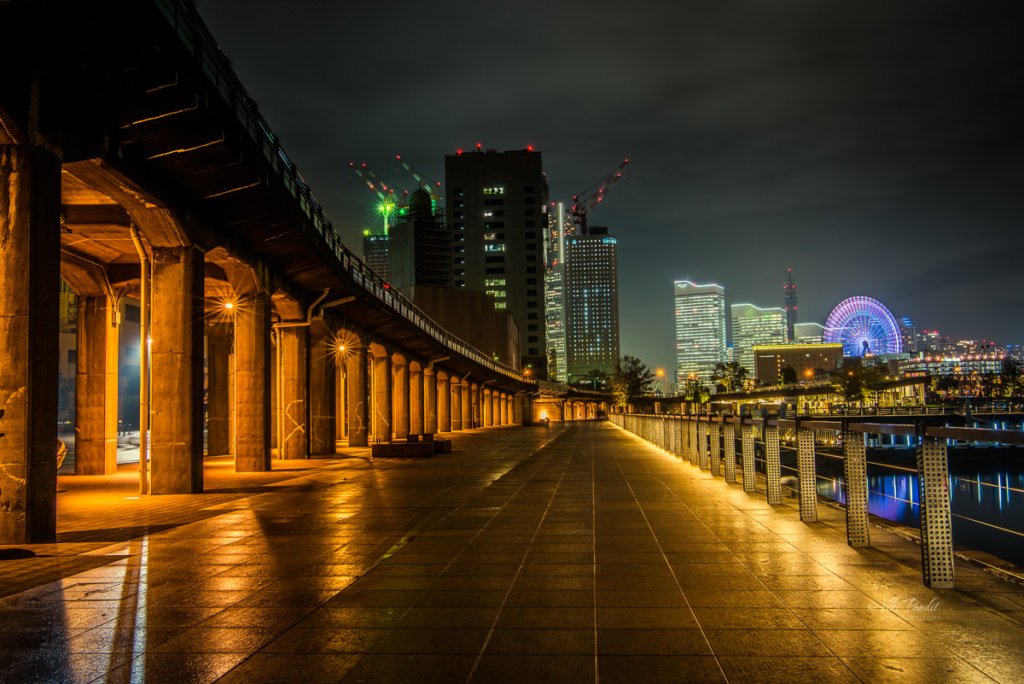
Photowalk along Osanbashi Pier
We go on a photo-walk to capture the famous Yokohama skyline from Osanbashi, the oldest pier in Yokohama. The creatively designed wooden deck with steps, slopes, and benches are perfect for a relaxing evening among gentle sea breeze.